Active antenna for TV: characteristics, selection and connection
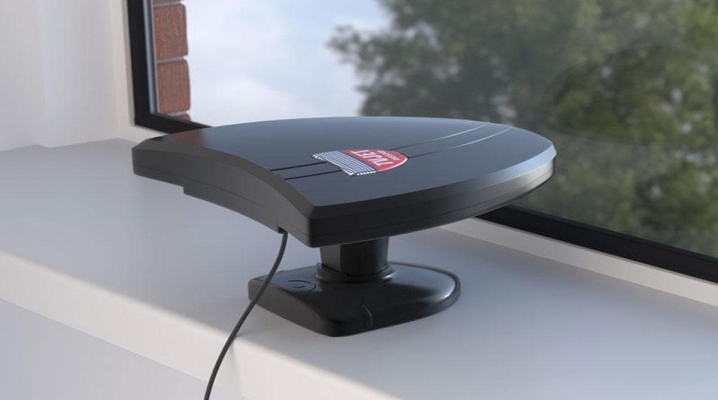
Terrestrial television is based on radio waves transmitted through the air at various frequencies. To capture and accept them, use antennas, they are active and passive. In our article, we will focus on the first variety.
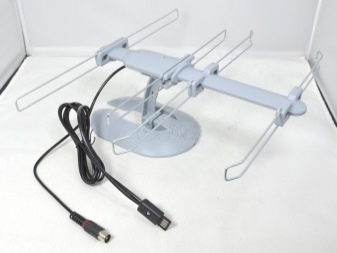

What it is?
An active TV antenna works on the same principle as a passive one.... She equipped with «horns»Different configurations, capturing waves and transforming them into current. But before entering the television receiver, the current is processed by the built-in peripheral device.
In most cases, active antennas are equipped with an amplifier. Due to this, they can almost always be placed inside the room, with the exception of buildings located at a prohibitive distance from television centers.
It is enough for the device to perceive waves, the rest of the work will be done by the amplifier.
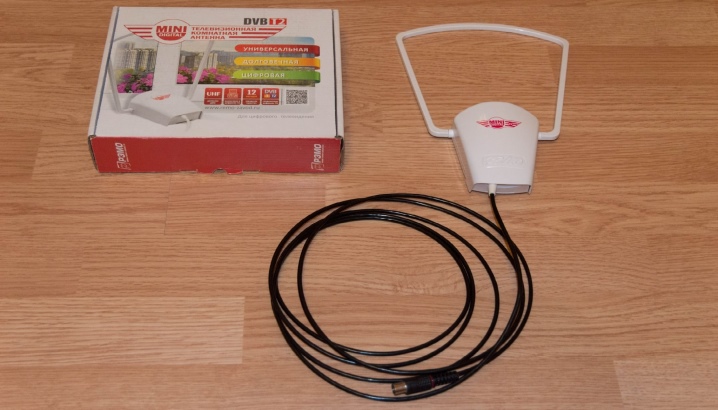
Additional peripherals cause the TV antenna to require USB power. It must be connected to an outlet or to a TV receiver, if there is such a possibility.
The advantages of such antennas include:
- the ability to install both indoors and outdoors;
- independence from weather conditions when placed in a room;
- compactness;
- resistance to interference.
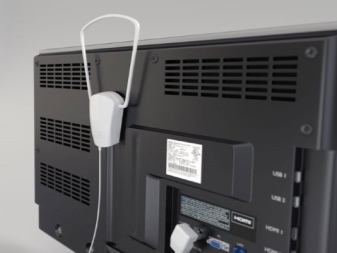
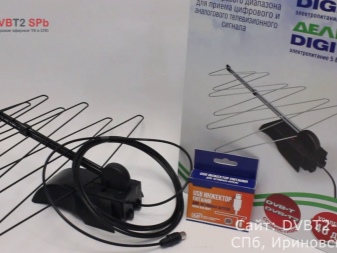
There are also disadvantages of such devices: shorter service life in comparison with passive options, the need for power supply. Microelectronics can degrade over time.
Passive antenna differs from active antenna lack of additional structural components, amplifier. It is a metal frame with a wire connected to it, leading to the TV.
Usually the frame base has an intricate geometry, including numerous "horns" and "antennae". They provide more effective capture of radio waves. Passive devices are usually too bulky.
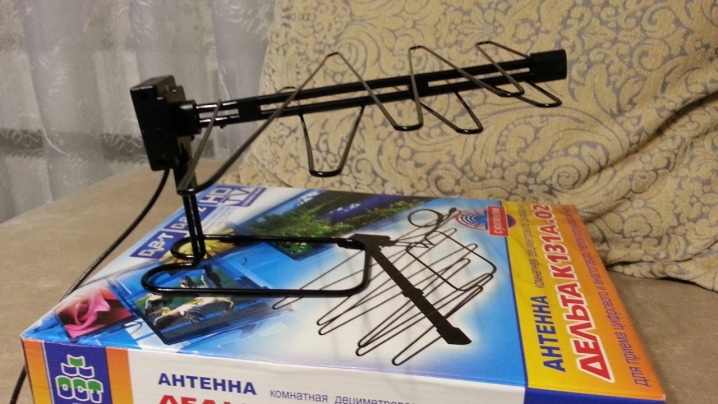
The greater the distance from the TV tower, the larger the antenna should have and the more difficult its shape and placement will be (a high-altitude installation will be required). The signal receiver will need to be rotated in a special way to ensure its stability.
Pros of this option - simple and durable design, no short circuit probability (if used correctly), affordable price.
Negative points are associated with the complexity of installation and placement relative to the tower, installation at a height, the influence of external factors on the level of signal reception.

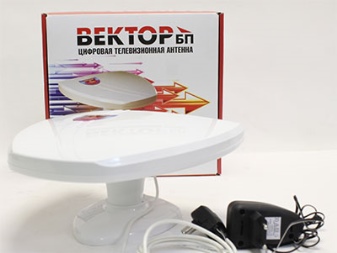
Model overview
There are many good antennas on sale that are designed for long-term use.
Remo BAS X11102 MAXI-DX
It is a great choice for those looking for outdoor antenna with good gain... The picture quality with such equipment will be excellent, the amplification power reaches 38 dB. All necessary mounting accessories are included in the package.
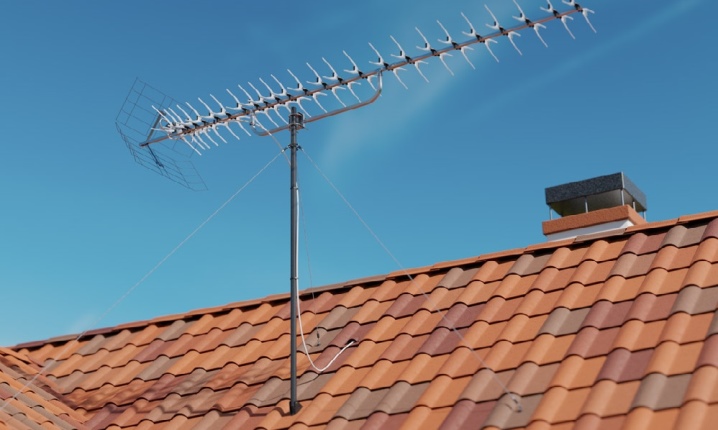
One For All SV9345
The antenna has unique design, it is made in black.
Designed for indoor installation, operates in two signal ranges. The package includes an amplifier.
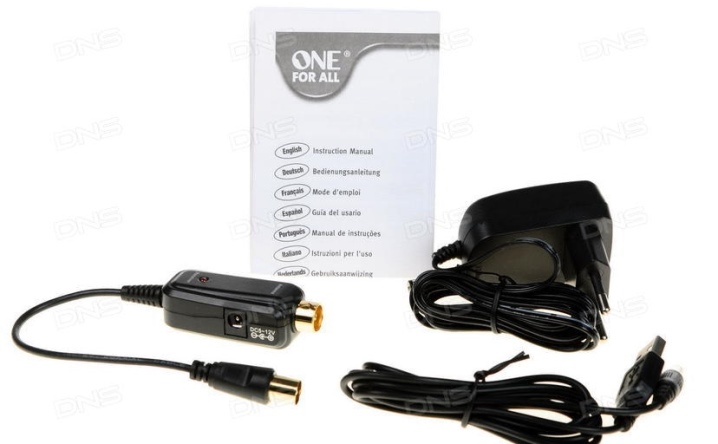
Remo BAS-1118-DX OMNI
In appearance resembles a plate, is completed with a five-meter cord and an amplifier. The resistance is 75 ohms, which is a decent performance.
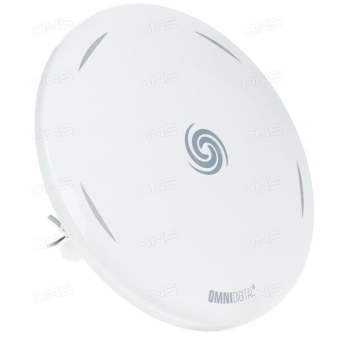

Remo BAS-1321 Albatross-Super-DX-DeLuxe
The peculiarity of this model is powerful amplifier that picks up signals even from miles away... There is a possibility of outdoor installation and power supply via an adapter.
The picture quality will be excellent.
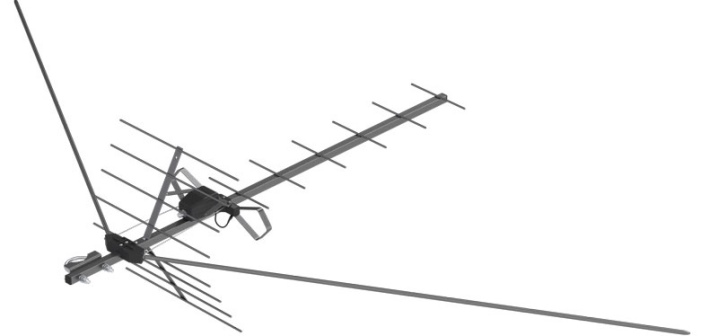
Harper ADVB-2440
Budget model, which supports a wide range of frequencies. The strength of the gain can be manually adjusted.
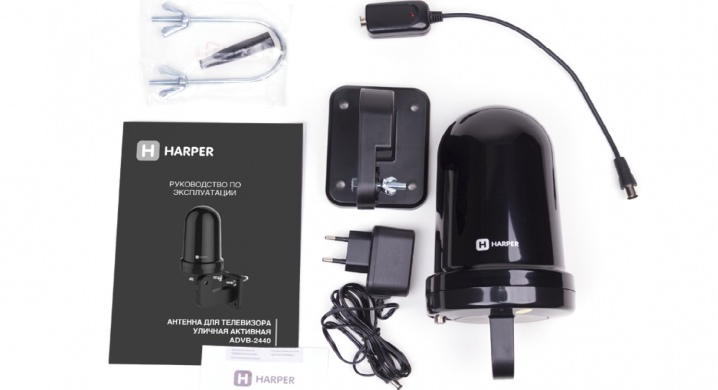
Selection rules
To select the right indoor antenna, several parameters need to be analyzed.
- First of all, estimate the distance to the TV tower. If it does not exceed 15 km, you can do without an amplifier and be limited to a passive device.
- The location of the antenna is also important. If it is to be installed in a low-lying area without the possibility of turning in the direction of the repeater, choose an active model, even if it is a room version.
- If the signal is strong, on the contrary, it is worth purchasing the passive version, otherwise it will become unreadable for the set-top box.
Dividing a signal to several TV sets is easier to accomplish from an active one.

Connection
To connect the antenna to the TV receiver it needs to be powered... This will require a coaxial cable with RF plug. Cord connected to a digital receiver, functioning in the DVB-2 standard. Another option implies connection to a set-top box that transforms a digital signal in the audio or video format.
Connection performed in the antenna input of a television receiver or receiver plug appropriate configuration.
Active antennas are superior to passive ones in many respects, so they are in great demand.
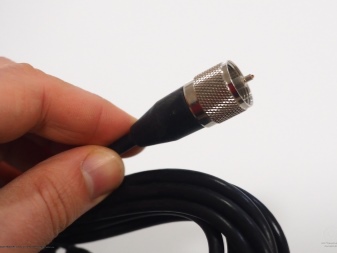
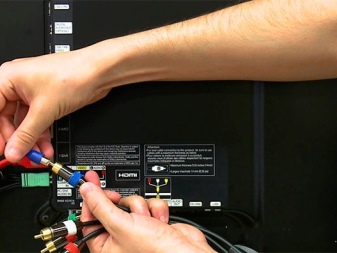
See the review of the active antenna model Ramo BAS-1118-DX OMNI.













The comment was sent successfully.